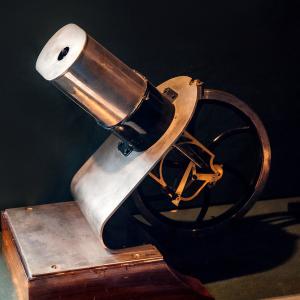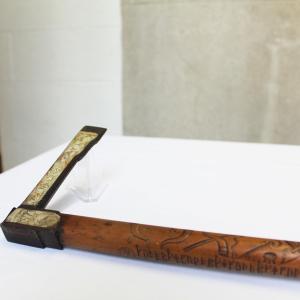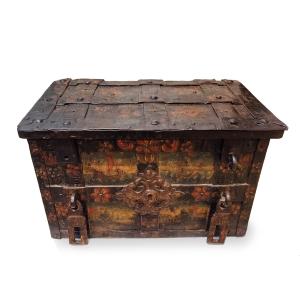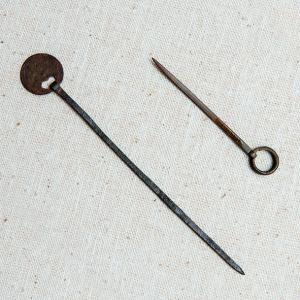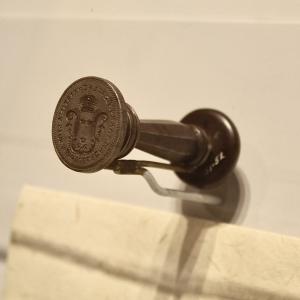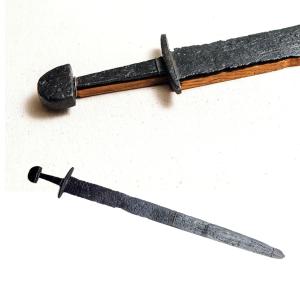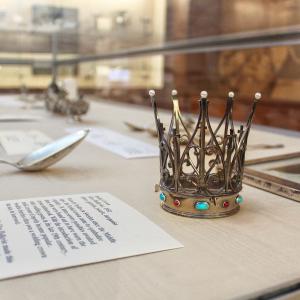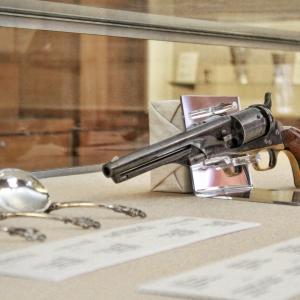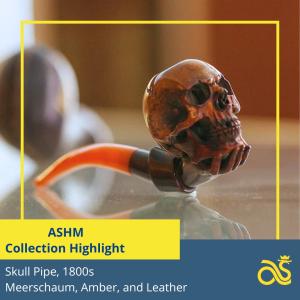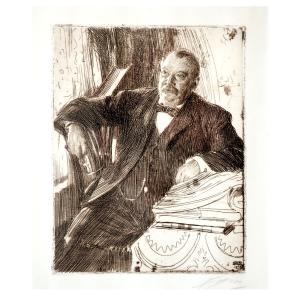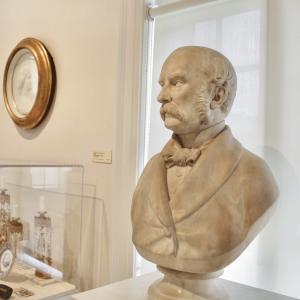As one of the nation’s premier shipbuilding and repair regions in the world, the Greater Philadelphia region has built many ships for the United States Navy. From the early days of the Continental Navy during the American Revolution to the nuclear-powered warships of the Cold War, these facilities were a critical component of the Navy’s operations in defending America and its allies abroad. This exhibit showcases some of these ships, the people that helped build them, and their role in defending America.
see all >From the age of the Vikings to the settlers of the New Sweden Colony (1638-1655), to contemporary issues in Scandinavian society, the American Swedish Historical Museum will take you back in time and across the sea to learn the stories of Swedes in America.
Thanks to a grant from the William Penn Foundation, we are excited to announce our next exhibition collaboration with SEAMAAC titled Indivisible: Stories of Strength, an exploration of identity and culture among native and immigrant Philadelphians. This exhibition will feature a video series, collaborative art pieces, and new artwork in collage, ceramics, and photography created by artists from SEAMAAC’s art resiliency workshops led by artists Shira Walinsky, Marguerita Hagan, Eugenio Salas, and Donna Backues.
see all >


